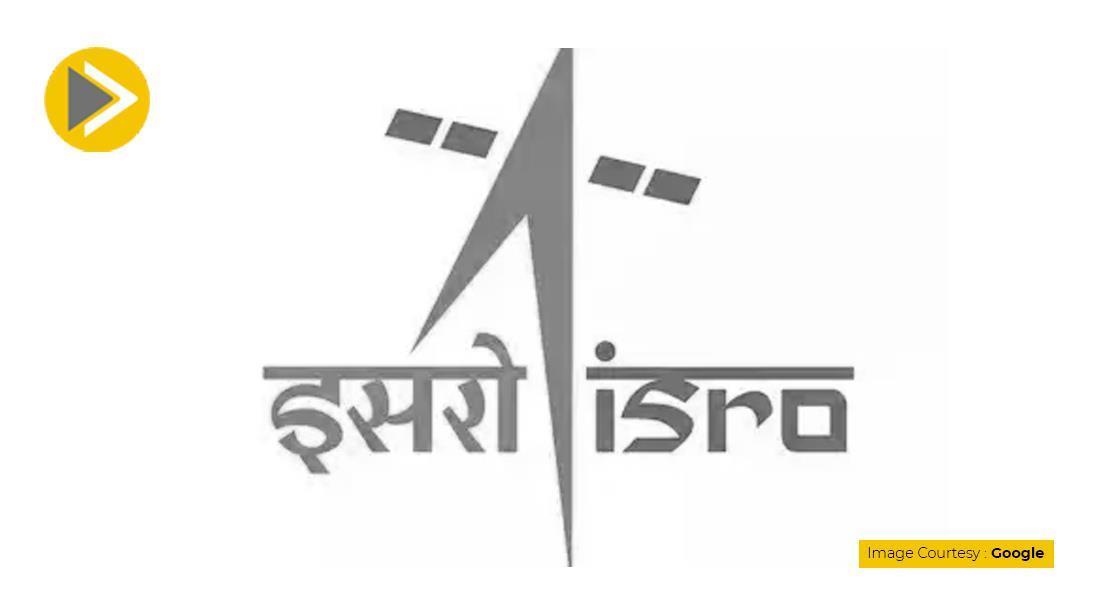India and Japan to Jointly Explore the Moon as Chandrayaan-5 Mission Gets Approval

News Synopsis
The Indian Space Research Organisation (ISRO) has received approval for the Chandrayaan-5 mission, marking a significant step forward in India's lunar exploration efforts. ISRO Chairman V Narayanan made the announcement on March 16, highlighting the collaboration between India and Japan for this ambitious mission.
Chandrayaan-5: A New Milestone in Lunar Exploration
Unlike the Chandrayaan-3 mission, which carried a 25-kg rover named 'Pragyan,' the Chandrayaan-5 mission will deploy a much heavier 250-kg rover to study the Moon's surface. This advancement will enable more extensive exploration and data collection.
A Look Back at Previous Chandrayaan Missions
The Chandrayaan program has played a crucial role in advancing lunar science. Here’s a quick recap of past missions:
-
Chandrayaan-1 (2008): Successfully launched, this mission focused on chemical, mineralogical, and photo-geologic mapping of the Moon, leading to the discovery of water molecules on the lunar surface.
-
Chandrayaan-2 (2019): Although 98% successful, the mission encountered issues during its final landing phase. However, its onboard high-resolution camera continues to send hundreds of images, contributing valuable scientific data.
-
Chandrayaan-3 (2023): Designed as a follow-up to Chandrayaan-2, this mission successfully soft-landed the Vikram lander on the Moon's south pole on August 23, 2023, demonstrating ISRO’s capability in lunar landing and roving.
Chandrayaan-4: The Next Step Towards Lunar Sample Return
Scheduled for launch in 2027, the Chandrayaan-4 mission aims to bring back lunar samples to Earth. This will be a critical step in understanding the Moon’s composition and evolution, potentially paving the way for future human missions.
India-Japan Collaboration for Chandrayaan-5
The Chandrayaan-5 mission will be conducted in collaboration with Japan, further strengthening India’s global partnerships in space exploration. This joint effort is expected to bring together the expertise of both nations to enhance lunar studies.
Future Space Projects by ISRO
Beyond Chandrayaan-5, ISRO has ambitious plans for space exploration, including:
-
Gaganyaan Mission: India’s first human spaceflight program.
-
Bharatiya Space Station: Aiming to establish India’s own space station in the near future.
-
Further Lunar and Planetary Missions: Expanding exploration beyond the Moon to Mars and other celestial bodies.
Conclusion
The approval of the Chandrayaan-5 mission marks another significant step in India’s space exploration journey, reinforcing ISRO’s commitment to advancing lunar research. With a 250 kg rover—significantly larger than previous missions—Chandrayaan-5 aims to deliver detailed surface studies of the Moon. The collaboration with Japan further strengthens India’s position in the global space community, fostering international cooperation in scientific exploration.
As ISRO continues to push boundaries with Chandrayaan-4 (sample return mission) and Bharatiya Space Station, India is establishing itself as a key player in the space sector. With each successful mission, ISRO is not only expanding scientific knowledge of the Moon but also inspiring future generations of scientists and engineers. The Chandrayaan missions symbolize India’s determination to explore beyond Earth, paving the way for deeper space exploration and potential interplanetary missions in the future.
You May Like









